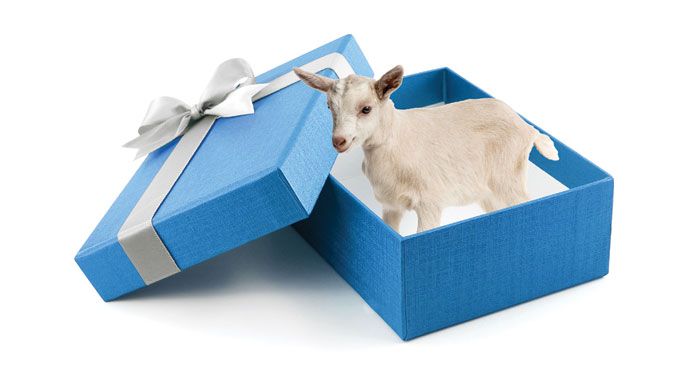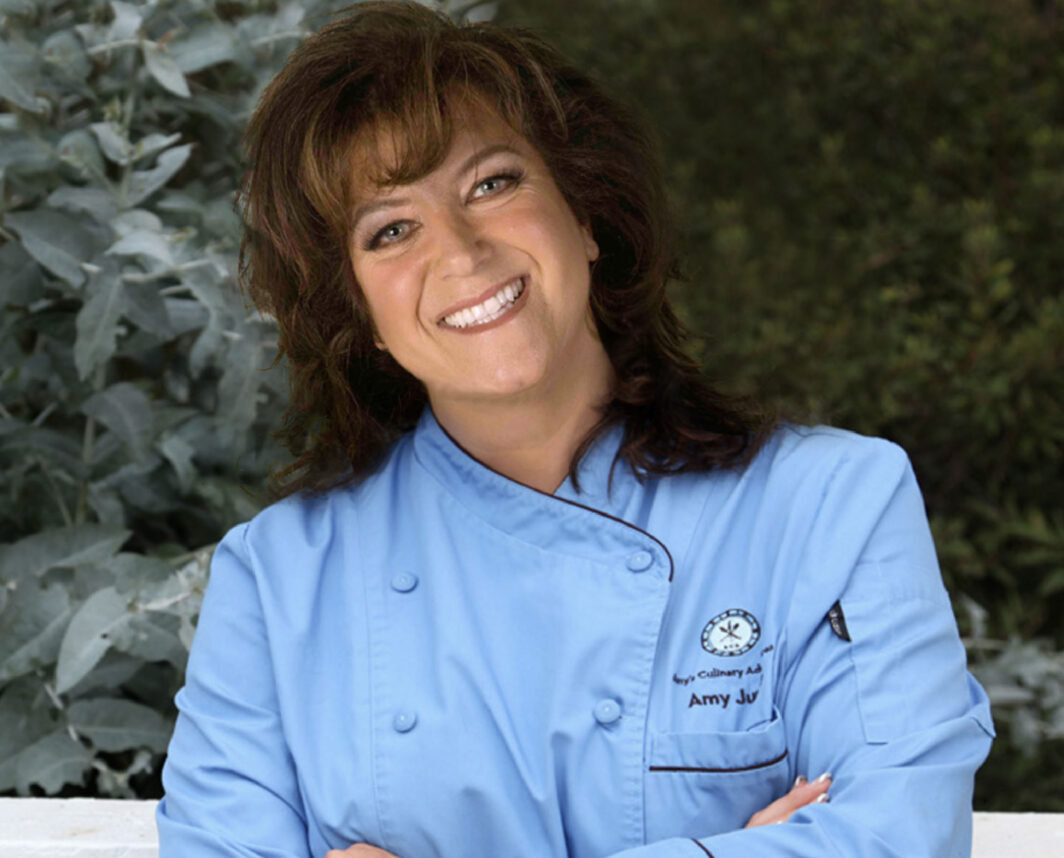 EytanY/Getty Images
EytanY/Getty Images I’ve always thought it amazing that the most famous symbol of a distinctly Persian Jewish holiday, Purim, is a cookie invented by German Ashkenazim.
I’m referring to hamantaschen, those triangle-shaped cookies my kids can’t stop gushing over in the weeks leading up to Purim. Neither my husband nor I, who were born in Iran, had even heard of hamantaschen until we attended Purim parties at American colleges. But you wouldn’t know that from the way my kids learn about these treats at school and obsess over them, as if Queen Esther herself named hamantaschen and served them at tea parties.
How do you explain to your children (and hundreds of thousands of others with non-Ashkenazi lineage at Jewish schools around the world) that this fun, sugary concoction is wonderful, but is not and never was part of their heritage? That, like challah (which I happen to love but know for a fact that half the Jewish world didn’t always consume it on Shabbat), hamantaschen are an Ashkenazi custom that is so ubiquitous at Jewish schools and bakeries that to bake and serve anything else during Purim is almost sacrilegious?
The term, “hamantaschen,” is derived from two German words: “mohn “(poppy seed) and “taschen” (pockets). Germans dating back to the medieval period enjoyed these “poppy seed pockets,” and in the late 1500s, German Jews began calling them hamantaschen (“Haman’s pockets”).
In Israel, the cookies are called Haman’s ears, or “oznei Haman.” But the original Haman’s ears were nothing like the dry, triangular cookies we know today; instead, they consisted of fried dough covered in honey or another syrupy sugar. The origins of those cookies? The Sephardic world. Yes, even in Israel, which has millions of non-Ashkenazi Jews (who now represent the majority of Jewish Israelis), those original Sephardic cookies were replaced by German hamantaschen.
I don’t want to denigrate hamantaschen. I personally love the fluffy variety that oozes with raspberry jam. But if we’re talking about cookies, I want to make an addition to our annual Purim sugar-fest menu… I’m referring to koloocheh — Persian Purim cookies.
I don’t want to denigrate hamantaschen. I personally love the fluffy variety that oozes with raspberry jam. But if we’re talking about cookies, I want to make an addition to our annual Purim sugar-fest menu, and leave plenty of time for Jewish schools in particular to prepare these sweets and to discuss their origin in class. I’m referring to koloocheh — Persian Purim cookies.
Yes, amazingly, the inheritors of Queen Esther’s legacy have had their own Purim cookies for quite some time. The cookies are distinctly Middle-Eastern-tasting, often made with fennel seeds, dates, walnuts or rosewater. But who ever heard of them in the greater Jewish community? I asked some local Persian Jewish friends to share memories of Purim koloocheh cookies.
“My grandma made koloocheh year round,” said Liora Shofet-Refua. “They were hard and gingery.” Her Kashan-born paternal grandmother, Miriam Shofet, z”l, who passed away in 2014, was the wife of Chacham Yedidia Shofet, the former chief rabbi of Iran and founder of Nessah Synagogue.
“My great aunt used to make several different types. Some with dates, some with feta and some with almonds. There was a lot of Iraqi influence,” recalled Jasmine Eisler, whose great aunt hailed from Kermanshah in western Iran.
“The smells of cardamom and saffron take over,” gushed Debbi Zachary about her grandmother’s koloocheh. “She makes it for all the family and her neighbors.” Her grandmother lives in LA, but is originally from Hamadan. Many Jews from Hamadan make koloocheh for one simple, but incredible reason: Persian Jews believe Hamadan used to be Shushan. The Shushan, from the Megillah of Esther. That’s why Jews who remain in Hamadan today (and some Jews from all over Iran) visit what they believe are the tombs of Esther and Mordechai in Hamadan. On Purim, they actually make pilgrimages to the tombs and hear the Megillah.
As for me, my mother and grandmother always abided by another equally famous Persian Purim custom: preparing Persian halva. Not to be confused with Turkish halva or even the kind ubiquitous in Israel, which contains tahini, Persian halva is a glorious mix of slow-churned flour, sugar, oil, cardamom, saffron and rosewater.
“For a holiday whose origins are in the Persian Jewish community, it’s especially odd that the only food associated with Purim in the west is hamantaschen,” said food writer Tannaz Sassooni. “Iran has a rich set of traditional Purim foods, including several kinds of halva, ‘gooshe-fil’—flaky elephant ear cookies associated with Haman’s ears— and of course, koloocheh.”
Syrian, Lebanese and Egyptian Jewish communities enjoy maamoul, (cookies with nut filling) on Purim (maamoul stuffed with dates are eaten on Rosh Hashanah and Hanukkah). Not surprisingly, we don’t hear much about maamoul during Purim, either. Seems like it’s only “Haman’s pockets,” or nothing.
In contemplating this column, I was forced to wonder why Persian Jews aren’t outraged over the fact that a Persian Jewish holiday is wholly associated with a German Jewish cookie. We don’t even seem to be that bothered by it. There’s only one answer: We’re too busy assimilating and being grateful for our countries of refuge, mostly America and Israel, to accuse anyone of trying to subvert our wonderful culinary traditions.
I’m not about to start a war against hamantaschen, are you? And besides, it’s hard to argue with adorable, triangular cookies that actually start with the name, “Haman.” I don’t think most Ashkenazim can easily pronounce “koloocheh.” Ironically, most older Persians I know can’t pronounce “hamantaschen.”
It’s beginning to bother me that my mother has to struggle year after year to ask everyone from cashiers to security guards at local kosher markets where they’ve stocked the “haman-taman,” as she mispronounces them.
But it’s beginning to bother me that my mother has to struggle year after year to ask everyone from cashiers to security guards at local kosher markets where they’ve stocked the “haman-taman,” as she mispronounces them. Why aren’t koloocheh on the shelves of at least every Persian kosher market or bakery in LA? It’s a question worth asking.
But I’m far more interested in Jewish schools, where the ubiquity of only one type of Purim cookie leaves even the Persian kids with zero knowledge that anything besides hamantaschen even exists. That’s why I’m writing this column several weeks before Purim. Surely, it can’t be that hard for some Jewish schools to print out a koloocheh recipe (try food.com) and send it home, or even better, prepare it with the kids at school. Many recipes include a walnut filling, but if schools are concerned about nut allergies, this can easily be replaced with dates or date filling. And the butter can always be substituted with margarine to make the recipe parve. Picky eaters can even omit the rose water. As long as teachers announce, “There’s more than one type of Purim cookie,” I’m happy.
In the end, it’s not an either/or: either hamantaschen or koloocheh. It’s an “and.” In the umbrella of our global Jewish community, surely there must be room for Purim customs from actual Persians Jews. Imagine if a Jewish holiday that occurred in Poland is now famous for a type of cookie from Iraq. We’d all be scratching our heads.
Incidentally, my mother buys hamantaschen once a year for the only people in her life who actually care about these treats: her American-born Persian grandchildren. For the rest of us, she always offers to prepare a giant bowl of saffron and rosewater halva.
Tabby Refael is a Los Angeles-based writer, speaker and civic action advocate. Follow her on Twitter @RefaelTabby






















 More news and opinions than at a Shabbat dinner, right in your inbox.
More news and opinions than at a Shabbat dinner, right in your inbox.